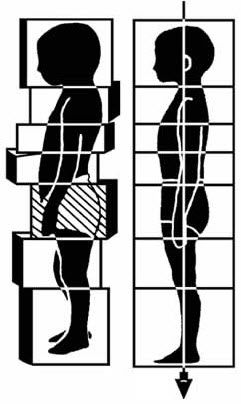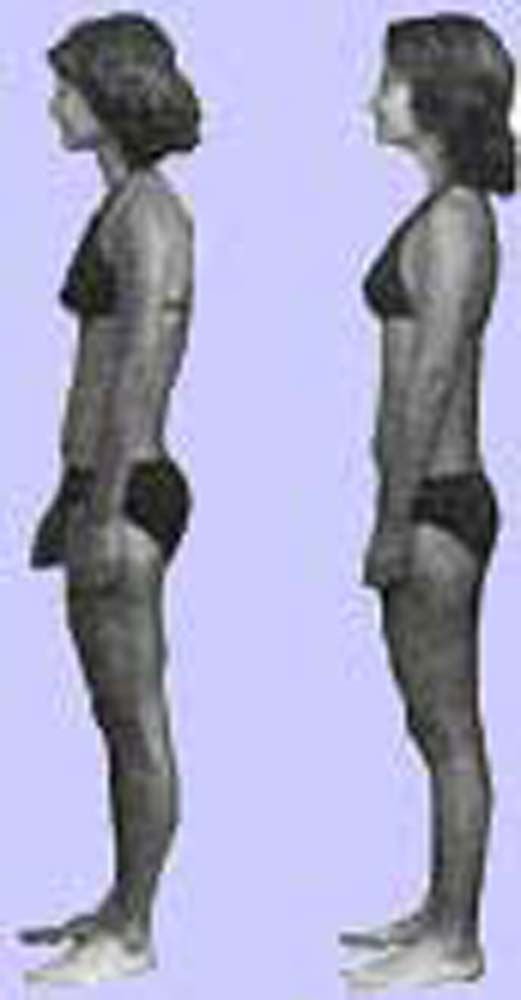The 10 Series
The 10 series was devised by Dr Ida Rolf as a means of teaching her student practitioners, to analyse and work through set principles and goals, on the way to organising the body structures of clients. It is not a rigid set of rules and procedures, but a guide for what to look for in each person. A simple summation of the 10 sessions is that the first 3 work through the superficial tissues of the whole body, to start taking out patterns and distortions at that level. Basically opening the chest to free our breathing, straightening the legs and hips to enhance support,and moving broad layers of the body towards balance. The next 4 sessions are aimed at the deeper core structures of the body.These are the tissues/fascia that are more central and in fact hold our core structures together. For example our legs to our pelvis and spine, or our arms to our shoulder girdle and spine. The core tissues give us foundational support and deep strength. The superficial tissues hang off the core and allow us to perform our daily tasks. Most people build up these superficial tissues to do the work of the core. This takes a lot of energy, and because these muscles were not designed to do this foundational work, we usually injure ourselves. The last 3 sessions integrate between the superficial layers and the core structures. We want them functioning separately and not glued together. Doing the work they were intended to do. People come to Rolfing for many reasons. Generally I feel it is beneficial to do the 10 sessions, but I also recommend that clients take it one session at a time, so that they can determine for themselves if Rolfing is right for them. The sessions work from the start, and by 3 sessions people would have a good idea of the effects.There is no obligation to complete the series, and sessions are paid for as they are done. All of the sessions are quite complete in their own right, and so people receive benefits from whatever they choose to do. The before and after photos show changes from 10 sessions of Rolfing. Note the squaring of the shoulders, the head coming back,the chest lifting,and the legs aligning with the spine, This is a posture that does not have to be held up.Each part supports the part above and feels light and lifted. A balanced body not only feels better, but works more efficiently in breathing and circulation. The various systems (digestion, hormonal, neural) can work more in harmony with each other. We can feel as we are meant to feel. |
|


